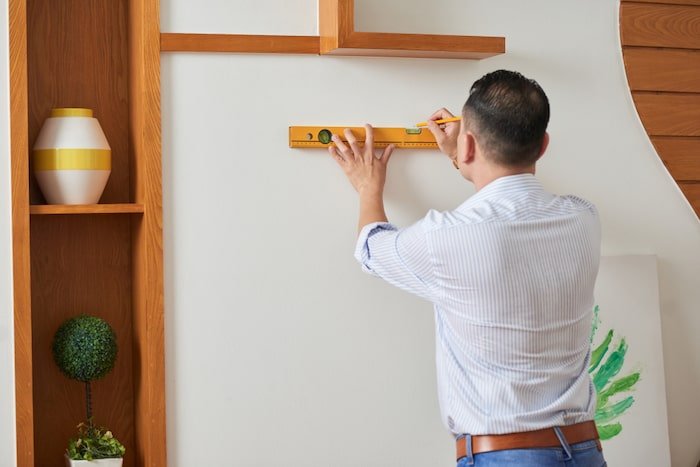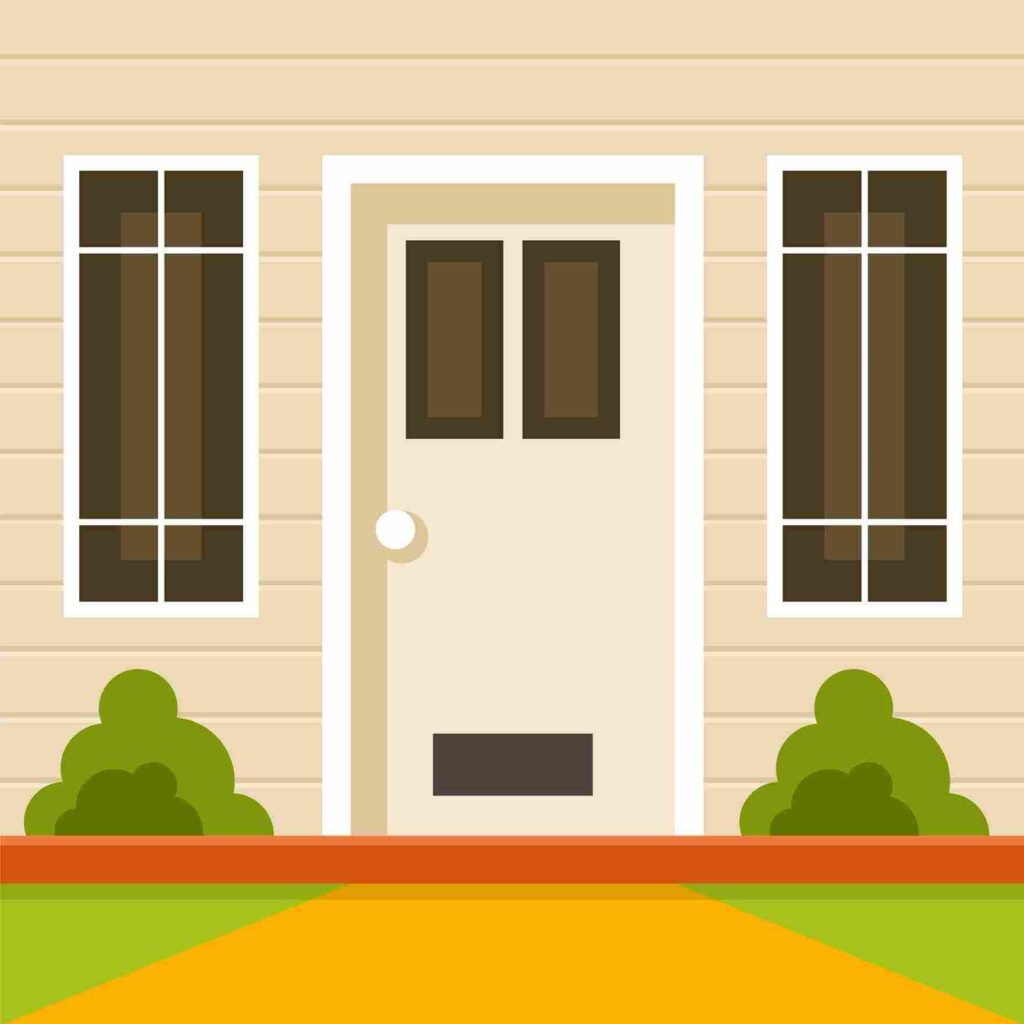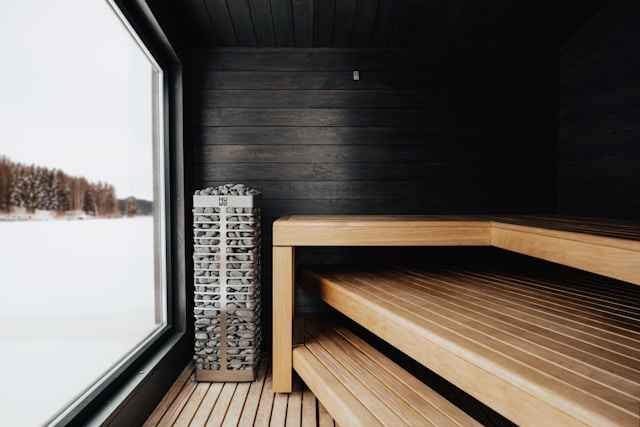Why Wall Panelling is Worth It
Wall panelling has made a huge comeback in home design, and it’s not hard to see why. Whether you’re considering wood wall panelling for a classic look or a sleek modern design, it adds depth, character, and a touch of elegance to any room. Whether you prefer a traditional wood-panelled look or something sleek and modern, panelling adds depth, character, and a touch of elegance to any room. It’s also a clever way to hide imperfections, improve insulation, and add durability to your walls. Plus, with so many styles to choose from, you can achieve anything from a period-style charm to a contemporary statement wall.
The best part? You don’t need to be a professional to pull it off. With the right tools, a bit of patience, and a solid plan, you can give any room a stylish facelift in just a weekend. Here’s how to do it.
Choosing the Right Panelling Style
Before you jump in, take a moment to decide which style works best for your space. Different panelling types create different effects, so it’s worth thinking about the vibe you want:
- Shaker-style panelling – Simple, clean lines that work well in both traditional and modern interiors. Ideal for living rooms and bedrooms.
- Beadboard panelling – Narrow vertical planks with small grooves (or ‘beads’). Perfect for adding a cosy, cottage-style feel to kitchens and bathrooms.
- Board and batten panelling – Features wide panels with vertical battens for a bold, structured look. Great for hallways or statement walls.
- Slatted panelling – A more contemporary choice that adds texture and improves acoustics. Looks fantastic in modern spaces.
Once you’ve settled on a style, it’s time to get started.
What You’ll Need
1. Measure and Plan
Accurate measurements are key to a polished look. Use a tape measure to get the exact dimensions of your wall. Sketch out your design on paper or use masking tape to mark where your panels will go. If you’re going for a grid-style layout, double-check the spacing before cutting anything.
2. Gather Your Materials
MDF (medium-density fibreboard) is a popular choice for DIY wall panelling because it’s affordable, smooth, and easy to work with. Here’s what you’ll need:
- Strong adhesive (e.g., No More Nails)
- Decorator’s caulk
- Primer and paint
- A saw (mitre saw or hand saw)
- Sandpaper
- A spirit level
- A caulking gun
- Paintbrush and roller
3. Prepare Your Wall
Start by removing any nails, picture hooks, or debris from the wall. If the surface is rough, sand it lightly so the adhesive bonds properly.
Step-by-Step Guide to Installing Wall Panelling
Step 1: Cut Your Panels
Using your measurements, mark out your panels on the MDF and cut them to size. If you have a mitre saw, this step will be quicker, but a hand saw works fine if you take your time. Sand down any rough edges for a smooth finish.
Step 2: Attach the Panels to the Wall
Apply grab adhesive to the back of each panel and press it firmly onto the wall. Start with the vertical panels and use a spirit level to ensure they’re straight. Once those are in place, add the horizontal pieces, making sure everything is evenly spaced.
For extra reinforcement, you can use nails or screws, but in most cases, strong adhesive will do the trick. Hold each panel in place for a few seconds to ensure a firm bond.
Step 3: Fill in the Gaps
Once the adhesive has dried, fill any gaps between the panels and the wall with decorator’s caulk. Smooth it over with your finger or a caulking tool for a seamless finish.
Step 4: Prime and Paint
Now for the fun part—painting! MDF absorbs paint quickly, so apply a primer first to create an even base. Once dry, use a brush for the panel edges and a roller for the larger areas. Two coats should give you a professional-looking finish.
Finishing Touches and Maintenance
Once the paint has dried, step back and admire your work—you’ve just given your space a high-end feel without the high-end price tag!
To keep your panelling looking fresh, dust it regularly and wipe it down with a damp cloth if needed. If scuffs or marks appear, keep a small pot of leftover paint handy for quick touch-ups.
Final Thoughts
Wall panelling is an easy yet transformative DIY project that can elevate your home without costing a fortune. Whether you want to add a cosy, classic touch or create a sleek, modern feature wall, it’s well worth the effort.
If you’re feeling unsure, watch a few video tutorials to get a better idea of the process. And don’t be surprised if, after finishing one wall, you start eyeing up the rest of your home for a makeover!







